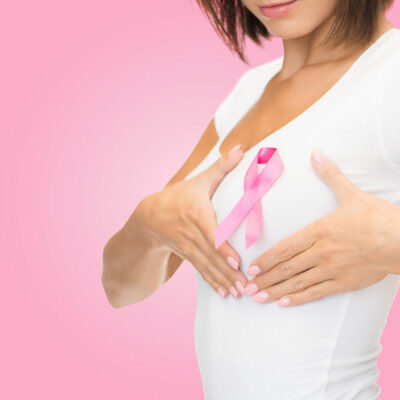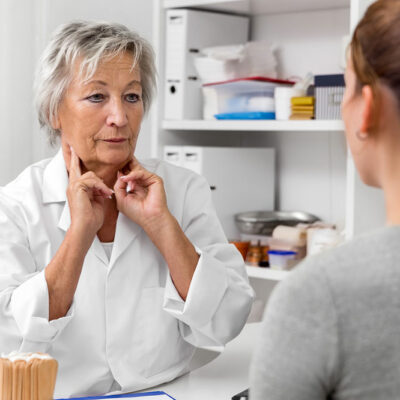
General Health
How to Treat Food Allergies in Dogs
Is your dog always itching and scratching itself? Does your dog have regular ear infections or poor coat quality? It can be causing immense distress to your furry friend, and it could probably be an allergic reaction to certain foods. Food allergies are becoming more common in dogs, giving a rising concern to dog owners. Firstly, it’s important to watch the type of foods your dog is allergic to. There are certain foods you should avoid feeding your pet. However, you can also try some of the popular treatment options available to treat dogs’ food allergies. Exclusion or Elimination diet Tracking the leading cause of food allergies in dogs is commonly done via the exclusion diet. This is, by far, the most reliable way of determining the main triggers of allergic reactions. This method involves feeding your dog with specific sources of proteins and carbohydrates for brief periods instead of familiarizing them with it. You can start with turkey, lamb, or salmon and mix it with rice and potatoes. Watch how your dog is reacting and slowly switch to other foods in the line while continuously monitoring your dog’s health for a few weeks. If you notice any improvements, get a provocation test done by feeding your dog one trigger of the allergy for a week.
Read More 















